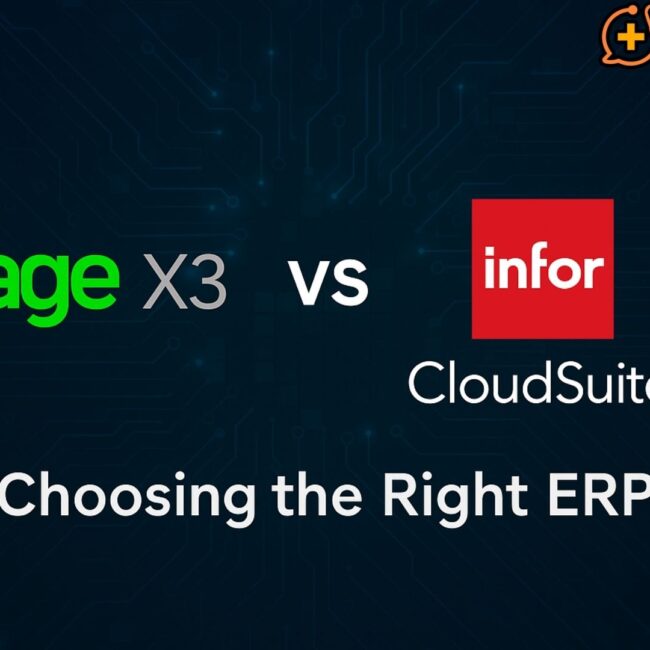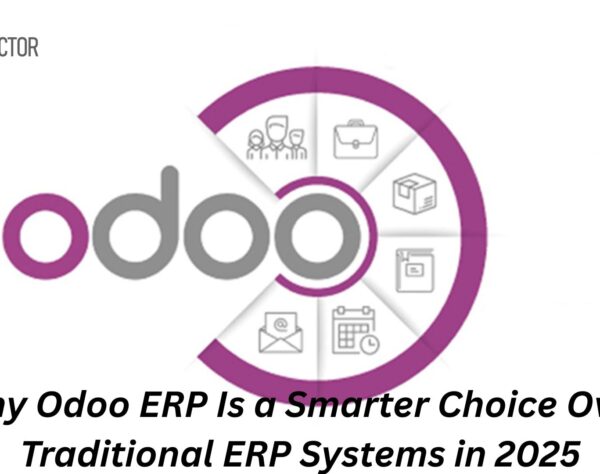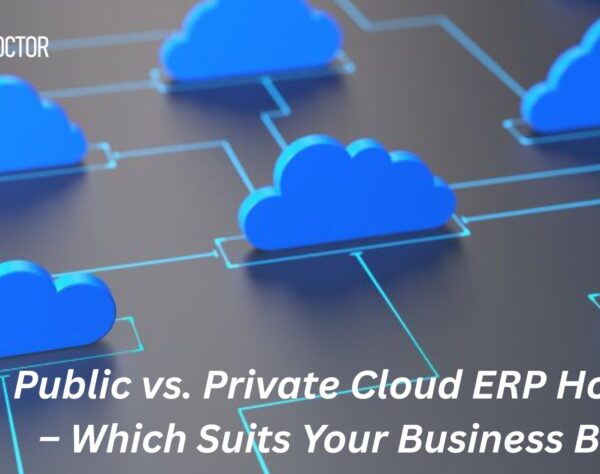
Tally Prime or SAP B1: What’s the Real Boss Move?

Choosing the Right ERP: SAP Business One vs Tally Prime
In a fast-paced business world, the choice of your ERP system can make or break your growth trajectory. Whether you’re a startup, SME, or an expanding enterprise, selecting between Tally Prime and SAP Business One (SAP B1) isn’t just a software decision—it’s a strategic move.
Both platforms are recognized names in the ERP landscape. While Tally Prime is a long-time favorite for small businesses with its simplicity and accounting-first approach, SAP Business One (commonly known as SAP B1) offers a comprehensive, scalable solution with full ERP capabilities.
So, which one is the real boss move for your business? Let’s find out.
Understanding the Basics: What is Tally Prime?
Tally Prime is an accounting and inventory management software primarily designed for small and medium businesses. Known for its user-friendly interface and minimal learning curve, Tally Prime allows businesses to handle invoicing, taxation (GST), payroll, inventory, and basic financial reports with ease.
Built on decades of trust in the Indian market, Tally Prime is widely recognized for its local compliance features and accounting simplicity. For businesses whose operations revolve mostly around financial entries and statutory filings, Tally Prime delivers exactly what’s needed—no more, no less.
Key Features of Tally Prime:
- Simple and intuitive interface
- GST-compliant invoicing and filing
- Inventory tracking and batch-wise stock management
- Basic payroll processing
- Banking features and cash flow tracking
- On-premise desktop-based solution with offline access
While Tally Prime excels at bookkeeping and statutory compliance, it lacks advanced capabilities such as CRM, production planning, and real-time data analytics, which growing businesses increasingly need.
Diving Deeper: What is SAP Business One?
SAP Business One, or SAP B1, is a robust ERP system built specifically for small to medium enterprises (SMEs). Unlike Tally Prime, SAP B1 is a fully integrated suite that goes beyond accounting. It handles every aspect of business operations, including finance, sales, inventory, CRM, HR, analytics, and production planning.
Developed by one of the world’s largest enterprise software companies, SAP, SAP Business One is tailored for businesses aiming for operational excellence, automation, and scalability.
Key Features of SAP Business One:
- End-to-end ERP modules: finance, sales, inventory, procurement, HR
- Built-in CRM for lead tracking, customer management
- Business Intelligence dashboards and reporting
- Cloud and on-premise deployment options
- Multi-currency and multi-language support
- Real-time analytics and integration with SAP HANA
SAP Business One is built to scale. Whether you’re a manufacturing company, retail chain, or service provider, SAP B1 grows with your complexity and business needs.
Feature-by-Feature Comparison
| Feature | Tally Prime | SAP Business One (SAP B1) |
|---|---|---|
| Core Focus | Accounting and compliance | Full-scale ERP across departments |
| CRM | Not Available | Integrated CRM module |
| Inventory | Basic inventory tracking | Advanced warehouse and supply chain management |
| Manufacturing | Not supported | Production planning and material requirement planning (MRP) |
| Reports & Dashboards | Predefined financial reports | Custom dashboards and real-time analytics |
| Deployment | On-premise only | Cloud or on-premise |
| Multi-user Support | Limited | Scalable multi-user environment |
| Customization | Limited | Highly customizable via SDK/API |
| Global Features | India-focused | Multi-currency, multi-language, and international tax compliance |
Who Should Use Tally Prime?
Tally Prime is ideal for:
- Sole proprietors and micro businesses
- Startups needing basic accounting and compliance
- Small retailers or traders with minimal operational complexity
- Organizations preferring offline desktop usage
Tally Prime offers affordability and simplicity, making it a good fit for businesses in the early stages that don’t require extensive ERP functionalities. It’s also a preferred choice for traditional accountants who value a no-frills, accounting-first tool that’s easy to teach and operate.
However, as businesses evolve and need inter-departmental collaboration, customer relationship management, or production visibility, the limitations of Tally Prime may begin to show.
Who Should Use SAP Business One?
SAP B1 is better suited for:
- Growing SMEs with expanding operations
- Businesses with supply chains, warehousing, and production needs
- Enterprises needing CRM, HRM, and sales integration
- Companies planning for long-term growth and digital transformation
SAP Business One brings scalability, automation, and cross-department integration, which are crucial for modern business competitiveness. Companies that are planning to go global, or who manage multiple warehouses, need a solution like SAP B1 that supports multi-location operations, real-time inventory updates, and consolidated reporting.
With its mobile accessibility and robust reporting tools, SAP Business One equips leadership with the data needed to make quick, confident decisions.
The Cost Perspective
Tally Prime has a lower upfront cost and simple licensing structure. It’s typically sold as a one-time license for single or multi-users. The pricing model is transparent and budget-friendly, which is why many businesses prefer it in the early stages.
SAP B1, while more expensive initially, offers more value through comprehensive business automation. Pricing varies based on modules, users, and deployment type (cloud vs on-premise). However, SAP B1 delivers a better long-term ROI for companies serious about growth, data-driven operations, and global reach.
The real question is not cost, but ROI. If you want a tool that adapts to growth and complexity, SAP Business One delivers value beyond accounting.
Integration & Automation: The Game Changer
In today’s business world, disconnected systems waste time and resources. SAP B1 integrates seamlessly with third-party applications, e-commerce platforms, POS systems, and analytics tools. This results in improved workflows, reduced errors, and real-time business insight.
Tally Prime, while offering some third-party add-ons, is limited in automation and requires manual data entry across systems. Businesses using e-commerce or CRM systems often find it challenging to synchronize them with Tally.
If automation is part of your digital vision, SAP Business One is clearly the stronger player.
Verdict: What’s the Real Boss Move?
If your business thrives on simplicity and doesn’t need cross-functional integration, Tally Prime is a reliable, easy-to-use tool. It serves as an excellent entry-level accounting solution with local advantages for Indian SMEs.
But if you aim to scale, optimize, and digitally empower every function—from sales to finance to operations—SAP Business One is the real boss move. It’s future-ready, intelligent, and built to help businesses lead, not follow. For businesses looking to modernize, unify their departments, and compete in a digital-first world, SAP B1 is the way forward.
FAQs
1: Can Tally Prime handle multi-location inventory like SAP Business One?
Tally Prime supports basic inventory, but lacks SAP B1’s advanced multi-location and warehouse tracking features.
2: Is SAP B1 overkill for a business that just needs billing and GST filing?
Yes, Tally Prime is more suited for businesses focused solely on accounting and compliance.
3: How customizable are reports in SAP Business One compared to Tally Prime?
SAP B1 offers highly customizable reports and dashboards, while Tally Prime provides mostly static reports.
4: Does SAP Business One support real-time analytics unlike Tally Prime?
Yes, SAP B1 with HANA offers real-time insights; Tally Prime does not support real-time data analytics.
5: Can I integrate eCommerce platforms with Tally Prime?
Integration is limited and may require third-party plugins, whereas SAP B1 offers robust native integrations.
6: Which software is better for manufacturing companies?
SAP Business One supports MRP and production workflows; Tally Prime lacks manufacturing modules.
7: Can both SAP B1 and Tally Prime be used by non-accounting users?
SAP B1 is designed for cross-functional teams, while Tally Prime is mostly used by finance teams.
8: How does data security compare between Tally Prime and SAP B1?
SAP B1 offers enterprise-grade security and user roles; Tally has basic local system security.
9: Can SAP Business One replace Tally Prime entirely?
Yes, SAP B1 covers all of Tally’s functions and adds full ERP capabilities.
10: Which software supports cloud deployment for remote teams?
SAP B1 offers both cloud and on-premise models; Tally Prime is primarily desktop-based.







